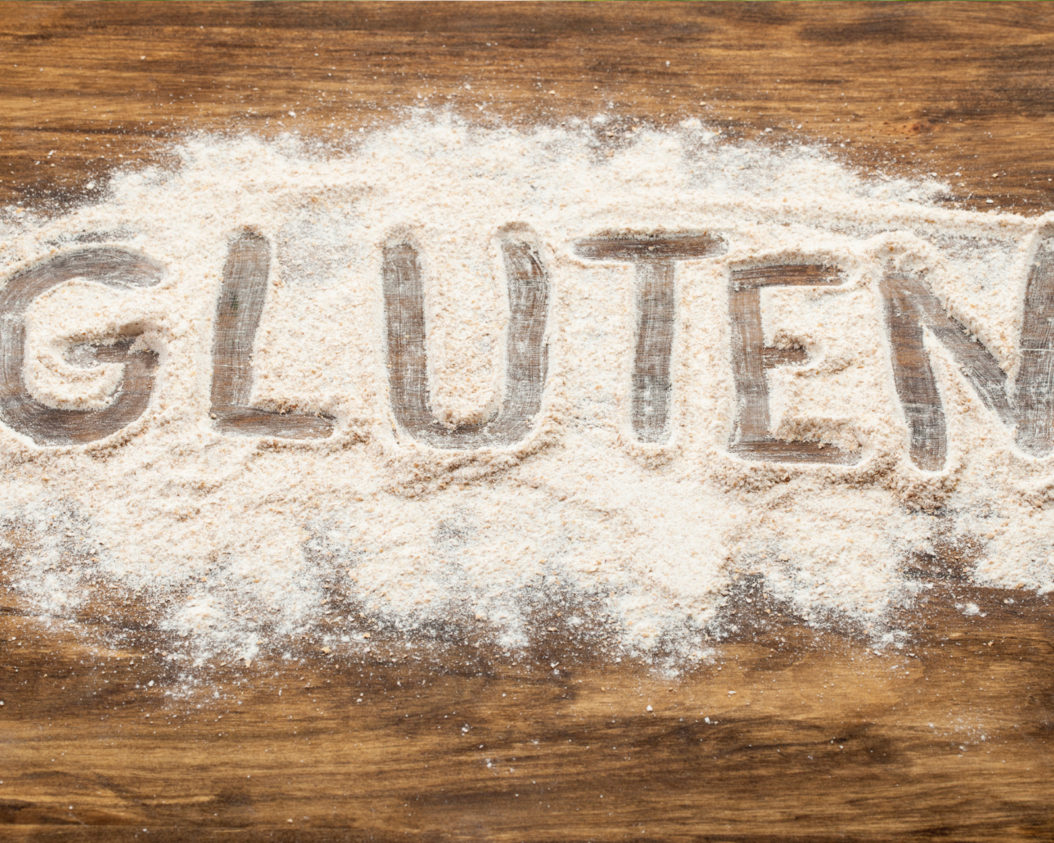Gluten, lactose,
animal products
About intolerances and restrictions when treating yourself to chocolate
Text:
Katharina Kuhlmann
Photography:
istock Marek Uliasz
19 Juli 2018

Chocolate is one of the most popular sweets worldwide. Unfortunately, there’s a huge number of people who can’t enjoy all types of chocolate. Intolerances like the celiac disease (gluten intolerance) or lactose intolerance, diseases like diabetes mellitus, ethical convictions like veganism or religious rules like the Jewish dietary laws (Kashrut) require a closer look and a considered choice of products. The Chocolate Journal explains the five restricted diets mentioned and gives you tips like “Who is allowed to eat what?”
Chocolate and gluten intolerance
Gluten can be found in many grain types. Roughly 1 % of the world population suffers from an intolerance against gluten, which is hereditary. The particular clinical picture called celiac disease is the result, a chronic inflammation of the mucous membrane of the small intestine with symptoms like diarrhea or sickness. People suffering from celiac disease have to avoid gluten, other types of therapies are not available.
But we have good news for chocolate fans with celiac disease: In case the chocolate doesn’t contain biscuit pieces, crunchy cereal or other additions containing gluten you can enjoy your sweet sin, no matter if light, dark or white. However, some gluten free chocolate types may contain traces of gluten due to production reasons. You can check this list to see which VIVANI chocolate contains gluten.
Chocolate and lactose intolerance
With about 15 – 30 % grown-ups affected in Europe and the US lactose intolerance is one of the most common food incompatibilities. The small intestine is lacking the digestive enzyme lactase, or in some cases not enough lactase is available. Without lactase, the milk sugar of consumed milk products can’t be broken down, this causes a variety of symptoms like diarrhea and flatulence. Depending on the form of the intolerance patients have to restrict the intake of food containing lactose or have to remove them from their diet.
There’s one rule for the consumption of chocolate if you suffer from lactose intolerance: dark before light! Milk chocolate usually contains milk powder. Dark chocolate without milk filling usually doesn’t contain lactose. People with extreme intolerances should consider that traces of milk can be found on other products if a factory produces more than one type of chocolate – even if they are following high hygiene measures. This also applies for gluten and allergens like nuts. You can find a detailed list with all allergens in VIVANI products here.
Chocolate and Diabetes mellitus
Diabetes mellitus is a widespread disease. Diabetes type 1 and type 2 are collective terms for certain types of different metabolic disorders. The mutual symptom of all diabetics is a high blood sugar level, treated by different measures.
All patients of type 1 and 2 should take care of their diet. People suffering from diabetes type 1 have to convert their food into carbohydrate units. This detailed table on the nutritional values including the carbohydrate units of all VIVANI products offers sufficient information.
Usually chocolate with a high cocoa percentage is the best choice for diabetics, because it contains less sugar and thus less carbohydrate units. The most diabetic friendly chocolate of the VIVANI range is the chocolate bar “Feine Bitter 99 %”, it contains less than 1 % sugar and only 0,6 carbohydrate units per 100 g of chocolate.
Chocolate and veganism
The vegan idea of not exploiting animals and avoiding animal products in general is enjoying a great popularity over the last years. In contrast to vegetarians, who avoid fish and meat products, vegans also remove milk, eggs and honey from their diet.
VIVANI responded to the growing number of requests and launched their own vegan “milk” chocolate range, which uses vegan rice drink powder instead of milk powder. There are five products at the moment with others being planned. Furthermore, vegans can usually enjoy all dark chocolate types because the basic recipe doesn’t contain animal products. You have to pay attention when buying dark chocolate containing ingredients like whole nuts. Due to production reasons, we often use clarified butter (which is not vegan) for these products
Overall, vegans and people with lactose intolerance can follow the same dietary recommendations concerning chocolate. You can find a list of vegan chocolate from VIVANI here. Furthermore, all vegan products can be recognised with VIVANI’s own vegan seal.
Chocolate and the Kashrut
The Jewish dietary laws (Kashrut) provide believers with rules for their food consumption and the preparation of food. Jews following the strict rules of their faith divide their food in kosher, which means permitted food, and not kosher, which means forbidden food. Kosher food is usually either recognisable by the food group it is put in according to Jewish belief, or by a certification (Hechsher). The certification is usually carried out by a supervisory body represented by rabbis and visible by “Kosher” seals on the food packaging.
VIVANI offers kosher products that are certified by a rabbi. The strict control is repeated regularly and evaluates on the ingredients and the production process. You can recognise kosher products by the triangle seal with the included letter “K”. You can find a full list of kosher VIVANI chocolate here.
Conclusion: There are many people who have to pay attention to a special diet due to different reasons. None of the mentioned restricted diets requires you to cross out chocolate from your menu. If you catch up on the ingredients of the products you can usually find suitable alternatives.